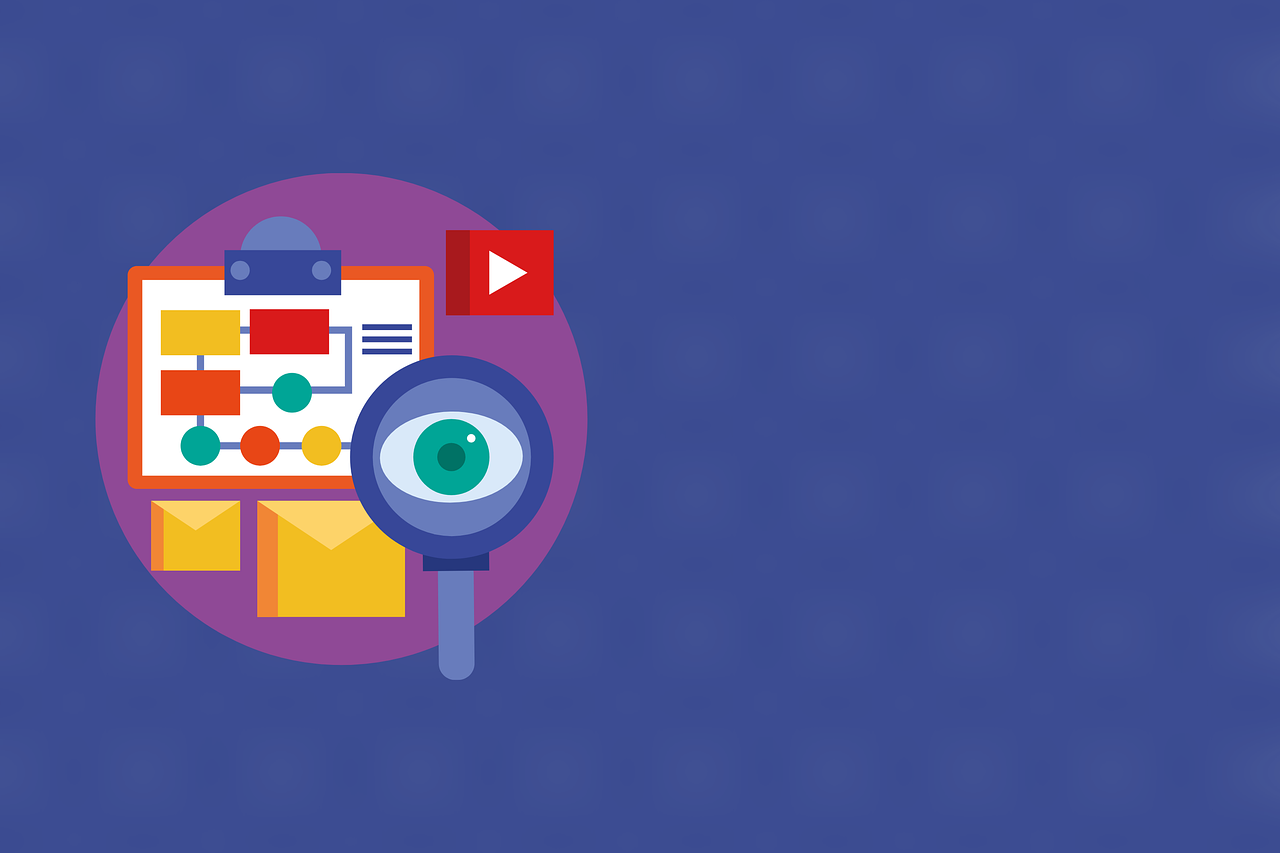
Getting your on-page SEO is crucial for your blog’s success in finding the right readers for it. Even if you’re short on time, there are still some last-minute on-page SEO tips and tricks that you can implement to optimise your blog and improve its rankings. Here is the checklist for your blog:
1. Use relevant keywords in your content
Keywords are still one of the most important factors in SEO, and using relevant keywords in your content can help to improve your rankings. Make sure to include your primary and secondary keywords in your blog post’s title, headings, and content. However, avoid keyword stuffing, which can affect your SEO efforts.
2. Optimise your images
Images are an integral part of any good blog, but they can also slow down your website if they’re not optimized. Make sure to compress your images to reduce the file size, this will improve the loading speed. Also, make sure to use relevant keywords in your image file names, alt tags, and description.
3. Use internal and external links
Linking to other pages on your website and to external sources can help to improve your website’s authority and rankings at the same time. Include internal links to other relevant blogs/pages on your website, as well as external links to high-quality sources. However, avoid linking to low-quality or spammy websites.
4. Optimise your meta tags
Your blog post’s meta tags, including the title tag and meta description, are important for SEO. Make sure to include your primary keyword in your title tag and write a compelling meta description that includes your secondary keywords. However, keep your meta description concise, as search engines typically only display the first 160 characters.
5. Use header tags
Header tags, including H1, H2, and H3, help to organise your content and make it easier for both readers and search engines to understand. Make sure to include your primary and secondary keywords in your header tags, but avoid using multiple H1 tags, as this can lower your website ranking.
6. Optimise your URLs
Your blog post’s URL is another important factor in SEO. Make sure to include your primary keyword in your URL, and use a short, descriptive URL that accurately reflects the content of your blog post.
In short, as a last-minute trick, there are many ways to implement on-page SEO on your blog. By using relevant keywords in your content, optimising your images and meta tags, using internal and external links, using header tags, optimising your URLs, using social sharing buttons, and monitoring your website’s performance, you can improve your website’s visibility and attract more readers.

